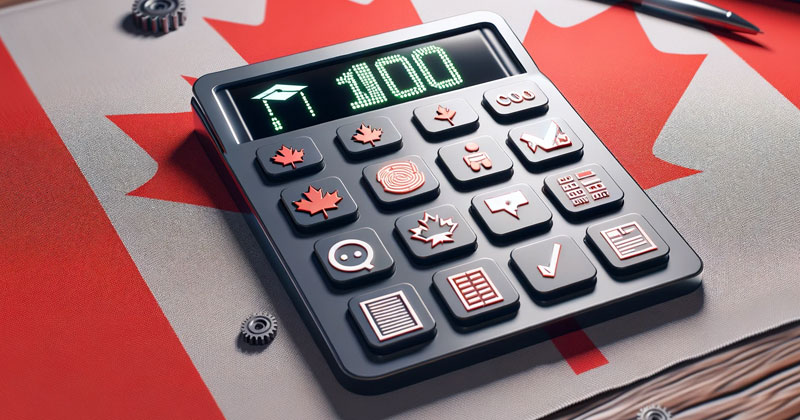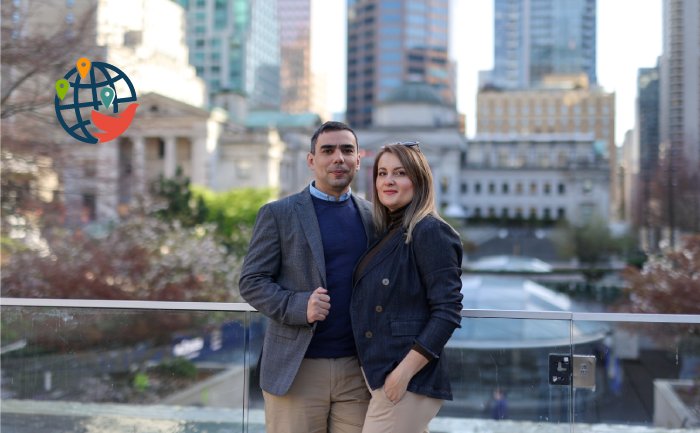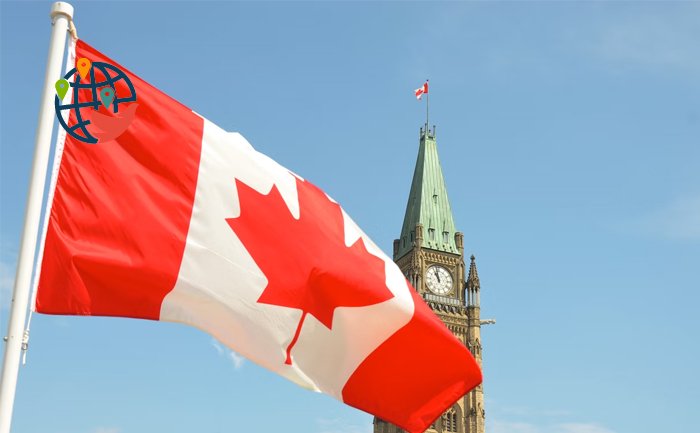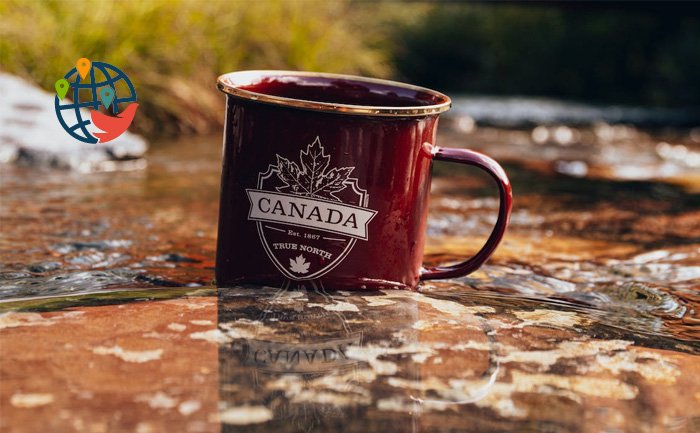The difference between temporary and permanent residence permits in Canada

And how do I get these documents?
Thousands of immigrants arrive in Canada each year in search of a better life. Many aspire to make the move but struggle to comprehend the intricacies of the Canadian immigration system and the process of obtaining legal status. Allow me to clarify that immigration to Canada diverges from that of other countries, and I'll guide you through the details.
So, what's the typical immigration process in most countries? You need to acquire a temporary residence permit based on various grounds, such as employment, education, family ties, and the like. This permit grants you legal stay in the country for a specified duration, which could be a year or more, depending on the country. The advantage is that you don't have to leave the country during this period. However, there are drawbacks as well, as these permits typically require regular renewal.
You reside in the country with a temporary residence permit for a specific number of years, after which you can transition to a permanent residence permit. Following a few more years of residing as a permanent resident, you become eligible to apply for citizenship.
Canada's immigration system
The Canadian immigration system differs significantly. Instead of issuing temporary residence permits, Canada designates temporary residents as individuals holding visitor visas, student visas, or work visas. In other words, rather than possessing a temporary resident card, you will have a visa. Importantly, obtaining a temporary visa is not a prerequisite for acquiring a permanent residence permit. To attain permanent residency, individuals typically need to fulfill the criteria outlined in one of the over 120 available immigration programs.
In simpler terms, the process unfolds as follows: you select a program for which you meet the criteria, submit an online application, and patiently await the outcome. Most programs use a points-based system and occasionally conduct immigration draws. If your score is sufficient, you receive an invitation. Until then, you continue with your regular life in your home country. Upon receiving an invitation, you obtain an immigrant visa in your passport, travel to Canada, and obtain a permanent resident card (PR card). This card serves as your identification, featuring your photo, first and last name, gender, date of birth, and other relevant details. Importantly, entire families can immigrate together.
The full article is only available to members of the Immigrant.Today community. Log in to your account to read it for free.















